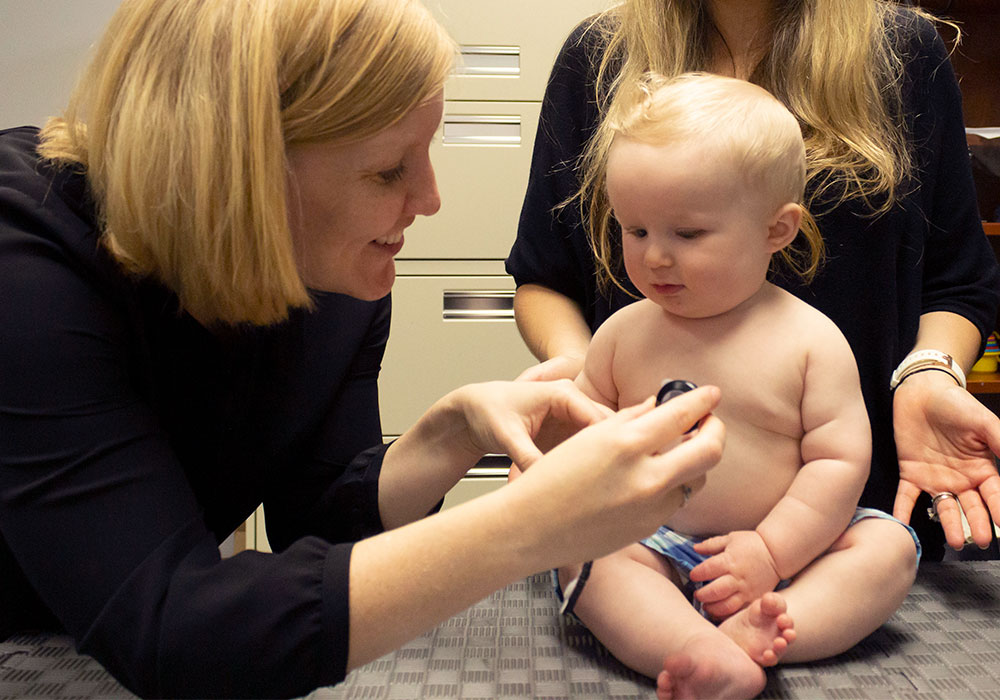Maybe you’ve heard this one — a psychologist and a biologist sit down to dinner and start talking shop and — wait, this is no joke. Seven years ago, Jane Roberts and Jeff Twiss exchanged ideas at a dinner for new and recently promoted faculty members in the College of Arts and Sciences. That conversation eventually conjured up a dream that has now become reality.
It’s called the Autism and Neurodevelopmental Disorders Center of Excellence, a multi-disciplinary, collaborative center for basic, clinical and intervention research and education. Roberts, a Carolina Distinguished Professor of psychology, and Twiss, a neurobiology professor and SmartState Chair in Childhood Neurotherapeutics, said their collaboration developed over time.
“We kept running into each other at other meetings,” Twiss says. “Jane would be presenting her work about her human subjects or the children who have Fragile X syndrome, which is associated with autism. And I would ask her, ‘Well, what about the mouse models?’ And then I’d present things that I do, and she’d ask me, ‘What about the humans?’ So we said, ‘You know, we should try to bring people together.’”
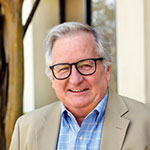
“We all do very different things and come from very different backgrounds and directions. So it’s truly an interdisciplinary center. Oftentimes we’re discussing and kind of arguing about things, and it turns out we are using different language to refer to exactly the same thing.”
And that’s exactly what they have done, establishing a research center of excellence on autism and neurodevelopmental disorders that they hope will become internationally recognized. Autism research on the South Carolina campus includes understanding the mechanisms that contribute to development of the cerebral cortex, early identification of autism and research into Fragile X syndrome, the most commonly known genetic cause of autism.
The impact of this cross-campus work is particularly important for a condition such as autism, a lifelong developmental disorder that affects one in 44 people, with the incidence believed to be even higher in South Carolina.
“There is a massive need at every level. Pretty much everybody I meet has either direct or indirect experience with somebody with autism. It affects us in all areas, from education to economics,” Roberts says. “From another perspective, studying autism allows us to answer a lot of questions that bring in basic science as well as more translational or applied science. It is an extremely great topic for science and for training undergraduates, graduate students and postdocs.”
Roberts and Twiss initially considered working only with University of South Carolina researchers but broadened their scope to form a consortium that would eventually include researchers from across the state, including those from the School of Medicine Greenville, the Greenwood Genetic Center, the Medical University of South Carolina, and Claflin, Clemson and Furman universities. There are now 15 institutions and about 120 investigators involved in an annual symposium.
Roberts and Twiss leveraged a provost’s excellence initiative award to recruit seven new faculty members with appointments in departments across the university, bringing into focus one of the center’s goals — tearing down silos and pulling together diverse research.
“We all do very different things and come from very different backgrounds and directions,” Twiss says. “So it’s truly an interdisciplinary center. Oftentimes we’re discussing and kind of arguing about things, and it turns out we are using different language to refer to exactly the same thing.
“We’ve had to learn each other’s language, which requires effort and it’s hard. But the benefit of that is that we’re able to take things that we learn from the animal studies and the cell-based or molecular-based studies and apply it to better understand the human conditions. And we’re able to take what’s learned in humans and apply that to cell-based, molecular and animal studies. It accelerates the research quite a bit.”
The collaboration has been successful — and important.
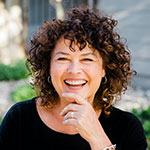
“There is a massive need at every level. Pretty much everybody I meet has either direct or indirect experience with somebody with autism. It affects us in all areas, from education to economics.”
“This interdisciplinary approach is not just something we think is important, but is very much recognized across the country and worldwide, honestly,” Roberts says. “It goes by a lot of different names — team science and interdisciplinarity and transdisciplinary research. But it’s the idea that we’re going to answer a question best if we look at it together from different angles.
“By doing this, we’re setting ourselves up to line up with the state of the science across the country, which is important for a lot of reasons.”
Along with guiding the center and recruiting and supporting colleagues, Roberts and Twiss are also top researchers. Roberts studies the early signs of autism in infants and toddlers who are at high risk for autism. She specifically works with children with Fragile X syndrome, since 60 percent of those children develop autism, and she also studies children with Down syndrome. Her work is focused on behavioral characterization, meaning she studies the intricacies of the behaviors, and her research findings help to guide interventions. “In some ways, you could think of it as a first step before intervention.”
Twiss’ research focuses on how the brain develops, looking at the cellular and molecular mechanisms of neuron growth and regeneration. He is particularly interested in how axons form and make connections to neurons across the brain. Those connections allow one side of the brain to communicate with the other side.
“There’s substantial evidence that there are altered neural connections with autism and other neurodevelopmental disorders. The brain doesn’t function like it should,” he says.
But both say they are particularly excited to see the investigators on campus work together to push the autism and neurodevelopment work forward.
“Jeff and I never wanted to do this alone, and we never wanted to do it with just the two of us. And I think, honestly, that’s why it’s been successful,” she said. “And it’s just going to grow over time because of our team approach.”
Here are a few of the many researchers across the university campus focusing on autism-related research:
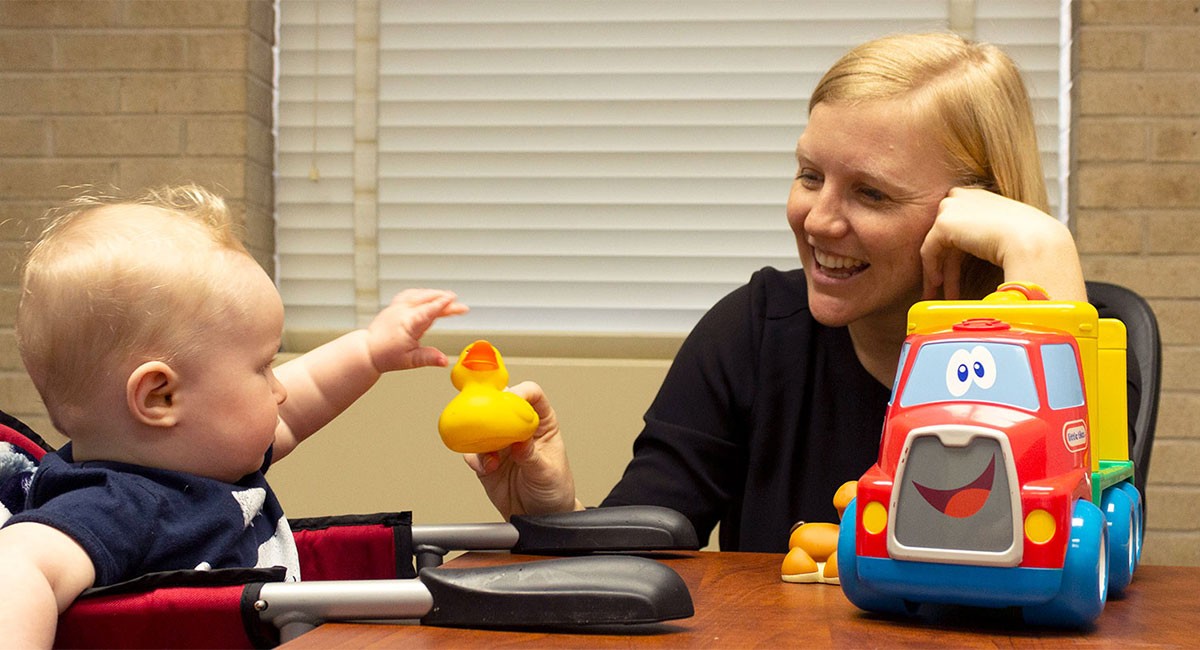
The face of autism at six months
Diagnosis of autism under age 2 is relatively uncommon and can be extremely challenging.
Jessica Bradshaw, an assistant professor of psychology, works with children as young as one week old, following them through the first two years of their lives.
While her earlier work in graduate school focused on developing interventions for infants and toddlers, she realized she needed more information about what is going on with these young children behaviorally and neurodevelopmentally before knowing how to intervene. The work in her lab now focuses on infant social development.
“For infants who go on to develop autism, what does that look like within the first six months of life?” she says. “My goal is to look at different behaviors like attention and motor (skills), along with heart rate, to see whether these early-emerging behaviors can predict autism.”
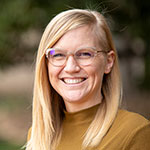
“I’m not interested in a cure or prevention — I don’t use those words, ever. I want to help individuals with autism experience the highest possible level of well-being. And I think part of that is supporting early development.”
There is no blood test or biomarker that identifies a person as being on the autism spectrum. Instead, diagnoses are made through behavioral observation. Bradshaw studies children in three groups, including groups of children who have an elevated likelihood of developing autism — infant siblings of children with autism and pre-term infants, those born before 37 weeks. Studies have shown that children in both groups are more likely to develop autism.
“Even at that very young age we can look at how neonates are orienting to and visually tracking objects and faces. How do they self-regulate in the face of stimulation and stress? These skills are measurable from birth and I’ve become very interested studying them as predictors of autism.”
Her recent study, published in Child Development, documented that it is possible to observe social communication differences in children by the time they are 9 months old. While the first concern for parents of children with autism is typically problems with a toddler’s lack of speech, there are other forms of communication and attention skills that develop and can be observed earlier.
“We found that infants who go on to develop autism are already showing differences in these really, really early social and communication skills, as young as 9 months,” she says. “What that tells me is that we can and should be developing interventions for infants within the first year of life.”
Early detection is important, she says, so parents can have information earlier.
“We can do behavioral interventions that teach parents how to interact with their child in a way that’s very enriching and that supports these social communication skills. I think this will help individuals with autism thrive,” Bradshaw says. “I’m not interested in a cure or prevention — I don’t use those words, ever. I want to help individuals with autism experience the highest possible level of well-being. And I think that part of that is supporting early development.”
One fish, two fish
Fabienne Poulain, an assistant professor in biological sciences, studies the mechanisms underlying brain wiring during development, a time when incorrect connections can occur.
Her lab focuses on the mechanisms that remove wrong connections, a process she describes as pruning a tree of misshapen branches. Her research uses zebrafish embryos that are transparent, making it possible to see neurons forming connections as they develop directly in the living animal.
“We’re interested in understanding the molecular mechanisms that mediate that pruning and that refinement,” Poulain says. “We are not working on autism spectrum disorder per se, but what we do applies to neurodevelopmental disorders because some of these disorders originate from a lack of pruning or a lack of correction during development.
“If we understand the mechanisms that ensure that wrong connections are removed, we could then understand why in some disorders these bad connections are not removed and persist.”
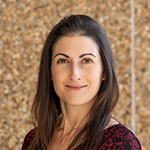
“If we understand the mechanisms that ensure that wrong connections are removed, we could then understand why in some disorders these bad connections are not removed and persist.”
Scaling the disability cliff
Children with autism or other disabilities have access to services through school systems. But what happens when they age out of school, the so-called disability cliff?
“You move into a whole different program, which can vary across states significantly in terms of what’s available. And it’s usually a very rocky transition for most families,” says Jessica Klusek, an associate professor in communication sciences and disorders in the Arnold School of Public Health.
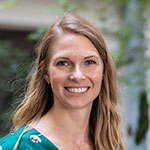
“We’re trying to figure out, first of all, what happens when kids with Fragile X leave high school… That’s actually a really difficult time for people with disabilities of any type, including autism.”
Klusek’s work focuses on Fragile X syndrome, a rare genetic disorder that is the most common genetic cause of autism and the inherited form of intellectual disability. She studies language skills and profiles of children with Fragile X, including how those symptoms differ from those in children who have autism not associated with a genetic syndrome.
Her current study follows people with Fragile X in the last year of high school and the next four years as they transition into adulthood.
“We’re trying to figure out, first of all, what happens when kids with Fragile X leave high school. Are they moving out of the home? Are they getting jobs? Are they participating in social activities in the community?” Klusek says. “That’s actually a really difficult time for people with disabilities of any type, including autism.”
One of the study’s goals is to see how language and autism symptoms affect success in the transition.
“And we hope that will help us understand how to develop better programming for children when they’re still in school so that their adult transition isn’t as rocky,” she says. “It just goes back to supporting families and individuals.”
Neuronal connections
Sofia Lizarraga, an assistant professor of biological sciences, focuses on the development of the cerebral cortex, the part of the brain that makes us who we are and imparts our cognitive functions.
In her lab, Lizarraga, a cellular and developmental neuroscientist, works to understand the cellular and molecular mechanisms that underlie the establishment of neuronal connectivity in the developing human brain.
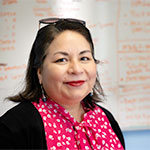
“By focusing on two major autism subtypes, we hope to identify common molecular mechanisms that in the future could contribute to the development of potential therapeutic strategies.”
Defects in the formation of neuronal connectivity have been proposed as a major cause of neurodevelopmental and neuropsychiatric disorders like autism. Using human stem cells, the Lizarraga laboratory is able to generate neurons that resemble the neurons in the cerebral cortex. They use these stem cell-derived neurons to study cellular parameters that contribute to the development of neuronal connectivity. This technology allows access to tissue that would be otherwise inaccessible during a window of brain development at which key developmental events are happening.
Further, their system allows them to study the effect of patient-specific mutations associated with autism, either by using genome editing to introduce the mutations or by deriving adult stem cells from autism patients. The goal is to better understand the underlying mechanisms that contribute to the normal and altered development of the cerebral cortex by focusing on chromatin and transcriptional regulatory mechanisms.
“Chromatin and transcriptional regulators are among the most commonly mutated genes in autism. These types of genes can in turn affect the expression of many other genes. However, there is very little known about how the different chromatin and transcriptional regulators functionally converge in autism pathogenesis,” Lizarraga says. “By focusing on two major autism subtypes, we hope to identify common molecular mechanisms that in the future could contribute to the development of potential therapeutic strategies.”
Additional faculty recruited through the initiative
Sarah Edmunds (Departments of Psychology and Educational Studies) — Focuses on the “active ingredients” for effective early interventions in autism, and strategies for training providers and families in those interventions.
Abigail Hogan (Department of Communication Sciences and Disorders) — Focuses on understanding the relationship between anxiety and social communication in autism.
Fiona Hollis (Department of Pharmacology, Physiology and Neuroscience) — Studies the role of brain mitochondrial function in behavior in health and disease.
Caitlin Hudac (Department of Psychology) — Studies how the brain changes over development in neurotypical and atypical neurodevelopment populations.
Vignesh Narayanan (Artificial Intelligence Institute) — Focuses on modeling and analysis of complex systems through their spatio-temporal data.
Christian O’Reilly (Artificial Intelligence Institute) — Develops model-driven analysis framework and artificial intelligence systems to understand neurotypical development and neurodevelopmental disorders.
Kristy Welshhans (Department of Biological Sciences) — Studies how formation of neural connections is altered in Down syndrome and other neurodevelopmental disorders.
